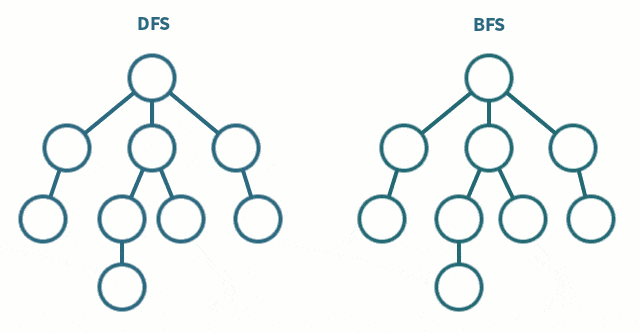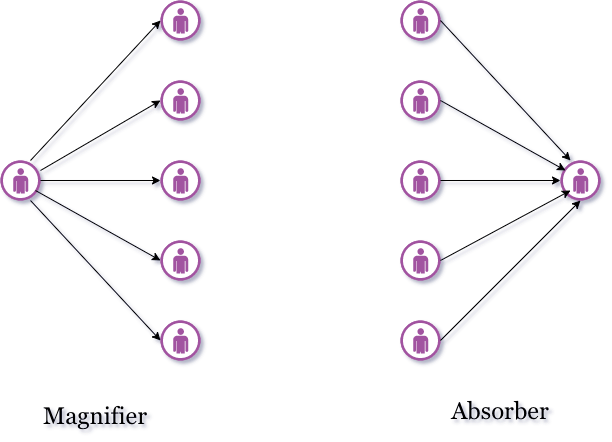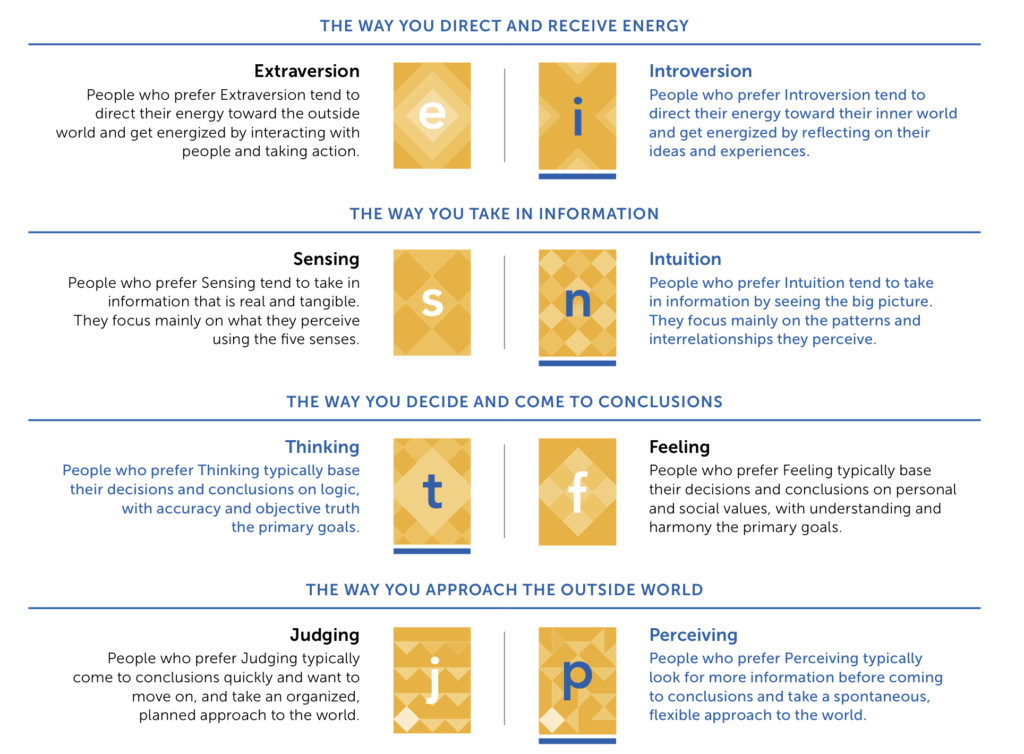
I’ve enjoyed the above quote when we were in college. It sounded geeky and fun to share the quote from partially technical folks and make them go in awe. It sounds super silly now though. But re-looking at the same quote now after many many years, I realize that there are many “10 types” of people.
Stack vs queue
When you’re standing in line to order coffee… that’s a queue: first come, first served. If you have a long, narrow, single-door, multi-car garage that fits a single-file line of cars… that’s a stack: last in, first out.
When a new task comes in, a queue person prefers to quickly prioritize and position the task in the list of work to be done, or leave it unprioritized and put it at the end of the list for future prioritization and eventual completion. In terms of emotional response, a queue person is generally comfortable leaving new work undone.
A stack person, on the other hand, treats incoming tasks differently. Instead, new tasks must be dealt with swiftly. A stack person is generally uncomfortable — sometimes greatly so — leaving new work undone.
Queue people frustrate stack people when a queue person doesn’t drop what they’re doing to attend to some new problem. Stack people frustrate queue people when a stack person drops what they’re doing to attend to some new problem, especially when that problem is not urgent.
If you want to read in detail about stack vs queue people, check out this blog post at https://marcesher.com/2014/08/18/working-with-queue-and-stack-people/. I don’t think I do justice to the blog post by trying to summarize it here.
BFS vs DFS
BFS (Breadth-First Search) and DFS (Depth First Search) are the two ways to search in a graph. The following animation shows the difference between the two. Ignoring the technical concepts, it is about whether 1) one wants to go wide and cover the breath or 2) go deep and cover the depth

In life, we can be a BFS person or DFS person. This can be applied to multiple domains. For example, the knowledge we gain can be a BFS (a generalist) or can be a DFS (a specialist). You can apply the same in the way we have our friends. We can have a lot of friends we barely know (a BFS) or a few friends we know very well (a DFS). I believe things always start with a BFS (knowledge, friends, etc) and over a period of time end up becoming a DFS.
Absorber vs Magnifier
This is something I coined and hence doesn’t have such a fancy name. This is how we communicate things with others. Magnifiers are set of folks who will share the information with 10 other folks as soon as they receive the information. Absorbers are those who will do the exact opposite. While on the outset, it may look like absorbers are the good people who can keep confidential information and magnifiers are one’s who gossip a lot. But it isn’t so simple. We need magnifiers to ensure that the communication moves ahead with all parties informed.
For example, when my dad was hospitalized recently, I had to speak with 1 or 2 people (in the whole week) to keep them updated about the status of the dad. And all my answers to the questions asked could fit in a single tweet. But on the other hand, my sister made sure she spoke to all the relatives and informed them about everything that happened so far (and every single day). She made sure she shared all the details and kept them calm. If it was left up to me, I would’ve decided that not all details are necessary and would’ve shared just the headlines.

In fact, the Myers-Briggs Type Indicator test from The Myers & Briggs Foundation works by identifying the two different ways in which we direct & receive energy, take in information, decide and come to conclusions and approach the outside world.

Given all the different “10” kinds of people, one final learning for me is not to judge any particular way. We need both queue people and stack people. We need both generalists and specialists. We need both absorbers and magnifiers. We need people from all 16 types from the MBTI. Once you understand this basic principle, it becomes easy not to judge anyone for what they are. Each type has its strengths and weaknesses and it is up to us to figure out the right way to work/interact/learn from them.
